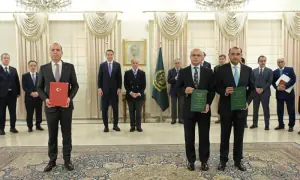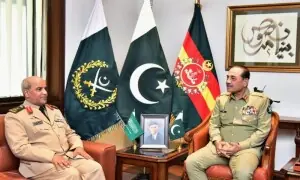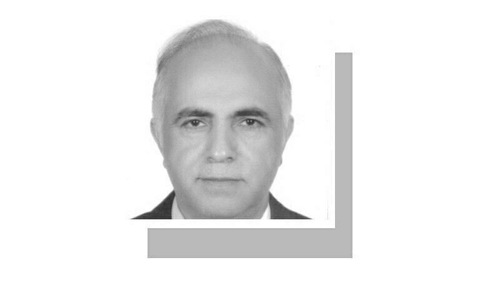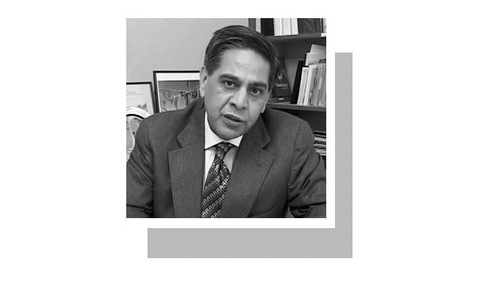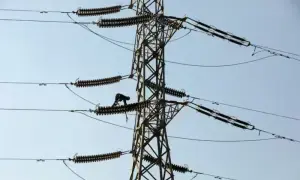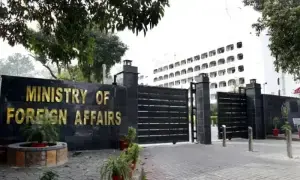DONALD Trump’s recent decision to freeze US foreign aid for 90 days has sent shockwaves across South Asia, which has long depended on American assistance for economic development, healthcare, and humanitarian aid. While framed as a cost-cutting measure, this abrupt action could have grave consequences, not just for those directly dependent on aid but also for the geopolitical balance in one of the most strategically significant regions. In the aftermath of the announcement, US Secretary of State Marco Rubio did clarify that some categories of humanitarian assistance would continue.
South Asia, home to nearly two billion people, has historically been one of the largest recipients of US foreign assistance. From infrastructure projects in Bangladesh and Sri Lanka to counterterrorism aid in Pakistan and healthcare initiatives across the region, American investments have played a crucial role in economic stability and public health. By halting these programmes without warning, the Trump administration risks undoing years of progress and pushing vulnerable communities into deeper crisis.
Economic development is one of the most immediate casualties of Trump’s decision. The US has been instrumental in funding key infrastructure projects in the region. It has supported everything from roads and ports to clean energy initiatives. Without this funding, ongoing projects may be abandoned, leading to job losses and stalled economic growth. Trade relations, too, are at risk. Many South Asian economies, particularly India and Bangladesh, depend on exports to the US. The aid freeze comes at a time when Trump also wants to increase tariffs on imports like pharmaceuticals and textiles, which provide millions of jobs in the region.
Beyond economic setbacks, the impact on public health could be catastrophic. The US President’s Emergency Plan for AIDS Relief, which funds HIV treatment and prevention programmes, has already begun scaling back services due to Trump’s action. Clinics in Bangladesh and Nepal are struggling to provide lifesaving medications, and testing programmes have been forced to shut down. This immediate disruption will lead to higher infection rates and an increase in preventable deaths. Additionally, food aid programmes supporting millions of malnourished children in Pakistan and Sri Lanka are now uncertain, leaving families with fewer resources to combat hunger and disease.
Foreign aid is an investment in stability and growth.
Perhaps most alarming is the potential humanitarian disaster in Bangladesh, where over a million Rohingya refugees rely heavily on international aid. The sudden freeze has put essential services, such as healthcare and sanitation in refugee camps, at risk. Without immediate alternative funding, overcrowded camps in Cox’s Bazar could become breeding grounds for disease and violence. This would further destabilise the situation.
The consequences extend beyond humanitarian concerns; they also have geopolitical implications. For years, the US has used foreign aid as a tool to maintain influence in South Asia and counter China’s growing presence. Now, with this assistance in question, regional countries may increasingly turn to Beijing, which has already invested billions in infrastructure projects through its Belt and Road Initiative. This shift could alter strategic alliances, giving China greater leverage over trade, security, and political decisions in South Asia. In Pakistan, where US aid has historical-
ly supported counterterrorism efforts, the freeze could weaken security cooperation at a time when regional stability is fragile.
Trump’s decision may have been driven by internal considerations, but its global impact cannot be ignored. Foreign aid is not just a charitable endeavour; it is an investment in stability, security, and economic growth for both the recipient and donor. By abruptly cutting off funding, the US risks creating long-term instability in a region that is already grappling with economic challenges, public health crises, and shifting geopolitical dynamics.
For South Asia, the situation is uncertain. Governments and aid organisations will now have to scramble for alternative funding sources, whether from private donors, multilateral institutions, or regional allies. However, the damage may not be easily reversed.
In a world where influence is measured by investment and partnership, the US may find that its retreat from South Asia has left a vacuum that others — most notably China — are all too willing to fill.
The writer is chairperson, National Vocational and Technical Training Commission.
Published in Dawn, February 8th, 2025







